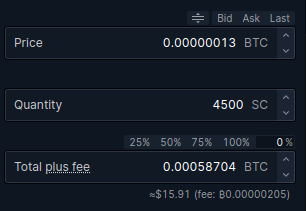A favorite chili recipe of mine originally at https://www.pepper.ph/filipino-chili-tomi-chips/ seems to have been permanently removed. I couldn't find it anywhere on the Internet except from the trusty Wayback machine, so I am going to post it here in case anyone else is searching for it.
Monggo con Carne with Tomi Chips: Filipino-Style Chili
June 17, 2014 Tagged:
- Mikka WeeWORDS
- Mylene ChungPHOTOGRAPHY
- Katherine JaoSTYLING AND RECIPE DEVELOPMENT
Mung Beans (monggo) aren’t the most attractive veggies around. These round little dark-green spheres are always shadowed by the brighter-looking produce. But mung beans, in fact, make a great chili base. They’re a good choice for thickening agents, and that’s what we want in a good stew or chili. It’s also a healthier alternative if you’re gunning for a six-pack.
The versatility from the mung beans provides a lot of room for creativity. The deep red sauce spiced with paprika provides a gentle heat with a kick from the cumin. Finish it with a generous sprinkle of our beloved Tomi Corn Chips that provide a nostalgic sweetness that can only be traced to our childhood days.
The idea may seem hilarious on paper, but might I say, it’s one of the recipes I wolfed down on my own—without sharing.
INGREDIENTS
- 3 tbsp olive oil
- 1 tbsp garlic, minced
- 4 pcs bird’s eye chili/ siling labuyo, chopped
- 1 pc white onion, chopped
- 1 cup ground beef
- 200 grams uncooked monggo
- 2 cans crushed tomatoes
- 1 tsp paprika
- 1 tsp cumin
- 1 tsp chili powder
- 2 beef bouillon cubes
- salt and pepper, to taste
- enough water to soften monggo (about 4-6 cups)
- sour cream, as topping
- cilantro, as topping
- Tomi chips, as topping
PROCEDURE
- Heat olive oil in pot and sauté galic, chili, and white onion for 2-3 minutes or until soft but not browned.
- Add in the ground beef and sauté until cooked.
- Add in beans, crushed tomatoes, paprika, cumin, chili powder, and beef bouillon cubes. Mix well.
- Pour water and let it boil. Cook until beans are soft, to your liking. This will take about 60-90 minutes.
- Once softness is achieved, and consistency is thick, adjust the seasoning to your liking.
- Turn off the fire and transfer to bowls.
- Top with sour cream, chopped cilantro and crushed Tomi chips.
- Serve immediately.










